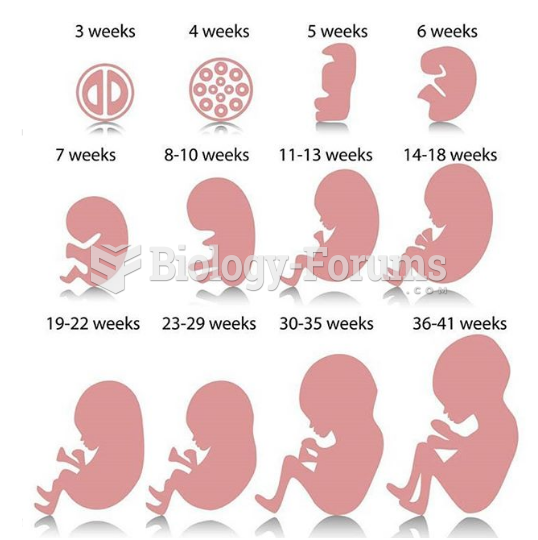Answer to Question 1
By its very nature, OD represents an attempt to change attitudes and behavior. Because of this, some have argued that OD is inherently unethical; arguing that changing people in ways they might not want is manipulative and inappropriate. It has been suggested, therefore, that OD techniques impose the values of the organization on workers without providing them with a free choice. Instead, they are faced with a coercive, do it, or else scenario. Another argument asserts that the unequal power relationship between the organization and its workers makes it possible for the true intent of OD techniques to be misrepresented.
The author of The Ethics Angle on p. 581 in the textbook asserts that OD is not inherently unethical, since admitting to that would be tantamount to saying that the practice of management itself is unethical. Recognizing, however, that abuses of organizational power are all too common, he states that OD itself is not the culprit, since OD is neither inherently good nor evil. Rather, how OD is used will depend on the person who is using it. As such, the ethical use of OD will require the supervision of professionals in an organization that places a high value on ethical behavior. The author states that such supervision would be likely, as today's OD practitioners subscribe to a code of ethics that holds them to clear standards with respect to ensuring the benefits to organizations and the well-being of all employees.
Answer to Question 2
Given the popularity of OD in organizations, this question is very important, and most of the relevant studies show the effects of these various interventions to be beneficial, mostly in the area of improving organizational functioning. Any conclusions about the effectiveness of OD should be qualified in several important ways. First, OD interventions tend to be more effective among blue-collar employees than among white-collar employees. Second, these beneficial effects can be enhanced by using a combination of several techniques (e.g., four or more together) instead of any single one. Finally, the effectiveness also depends on the degree of support these techniques receive from top management: The more these programs are supported from the top, the more successful they tend to be. Despite the importance of evaluating the effectiveness of OD interventions, a great many of them go unevaluated. The effectiveness of OD techniques depends, in part, on the extent to which the OD values match the underlying values of the national culture in which it is employed.







